ROCK FISHING
Beginners guide to Rock Fishing
n
Rockfishing
nn
Beginners guide to amazing world of sea shore fishing with light and ultra light tackle
nn
Rock fishing is one of the most affordable and exciting type of fishing that gaining a lot of fans around the globe. It requires you to have minimal equipment and desire for fishing. Rock fishing is very exciting way of exploring shores and beaches while you are on vacation, on your weekend or after work sessions. In this post I want to share with you my experience and guide to start rock fishing.
nn
Your main tools for rockfishing are rod, reel, line, leader and lures and let me explain each of this one by one.
nn
Rod
nn
The main requirements for the rockfishing rod is to have powerful blank but being able to cast very light weights. I personally use two rod with different casting weight tests, one for UltraLight tackle and one for Light tackle. UltraLight model is with (casting weight (c.w) 2-10 gram and Light model is c.w. 5 – 18 gram. There is many options in the market for this kind of rod from many major manufacturers and you can check them here.
nn
Length of the rod is suggested in a range of 2m – 2.7m, all according to your personal preference and situation. For example: if your are mostly fishing near rocks and long casting distance is not required then i suggest using shorter rod in a range of 2-2.4m, but if you require to cast further then go for 2.4-2.7m.
nn
Reel
nn
This is one of a tricky points of rockfishing, some people would argue to use 1000-1500 reels for ultralight tackle to have that real ultralight feeling. Some would say to use reels starting from 2500 range to 3500. Rock fishing is very unpredictable and doesn’t mean that you catch small fish only, so as a start 2000- 2500 reel helps you to be on the safer side and a good starting point. Later you can start decreasing on size of the reel. However it all depends on your target species, and better to use reel that is suitable for species found around.
nn
Line
nn
For the line i would suggest to start with 0.6 – 0.8 pe braid, 8x is more suggested as it is more stronger than 4x and will give you more advantage when fighting bigger catch. Stronger line also required so you can keep your drag tighter and avoid your catch sneak into the rocks. There is no specific presence in the brand, but i would suggest to use braids from reputed companies like: Tokuryo, Ghosen, YGK, Favorite, Sunline and others.
nn
Leader line
nn
Very important part of rock fishing is to have leader line made of mono or fluorocarbon. Match the lb test of your leader line to main braided line or you can increase or decrease 2-5lbs according to situation. Leader line has better abrasion resistance and will not easily cut on sharp rocks. Moreover it is more invisible in water so fish will see bait swimming freely.
nn
Lures and Baits
nn
Very essential part of any fishing method is the lure that attracts fish, so what is the best for rock fishing. You have to remember one important rule in rock fishing “slower it falls, more chances to catch”. The explanation for this rule is simple, slower it falls you have more chances to animate your lure and attract fish before touching the rocks. As a bait you can use small metal jigs, soft baits and hard lures like minnows, jerk baits, minnows, poppers.
nn
For metal jigs, I personally like to use weights in the range of 3 to 15 gram, jigheads for soft baits 2 to 12 grams, lures 3 to 11 grams.
nnn
Retrieve methods
nn
Depending on the depth and weight of your bait you will have specific amount of time to play your bait. In most of the situations due to short casting distance you have very short period of time to animate your lure and you have to use it effectively.
nn
Most of the bites in rock fishing are in mid water or closer to the bottom or rocks, so you will have to keep animating your bait as much as possible for the whole period of retrieve. There is many animation types and you always need to experiment, but as a start try these three: Short and fast twitches, stop and go, short jerks.
nn
Short and fast twitching – works good on all types of bait, and the technique is simple. point your rod down after cast, wait for your bait to sink into desired depth and start twitching tip of your rod and synchronize reeling with each twitch.
nn
Stop and go – works good on lures, paddle tail and twister tail soft baits, flat and wide jigs. point your rod down after cast, wait for your bait to sink to desired depth and start slow or moderate speed retrieval, stop the lure after 1.5 – 3 reel rotations. for floating and suspending lures you can have longer stops, but for sinking baits make sure to control the fall.
nn
Short jerks – works good on many types of bait, specially on deep divers, jerk baits, paddle tail softbaits and metal jigs, and the technique is simple. point your rod down after cast or up, wait for your bait to sink to desired depth and start with pulling your rod on the side or top, reel line after pull and repeat.
nn
Catching the fish
nn
Retrieving fish in rock fishing is very tricky and requires some patience and fast decision making. Many of the species caught by this method are trying to escape and hide in the rocks, so you will have to act fast to not let fish hide in the rocks. First of all make sure to set your drag to have good tension, I set drag to the point when i need some power to pull my line. This is required to make sure so i can set the hook fast on a bite and pull fish to midwater faster. Then you can set your drag according to fish caught.
nn
What to do if your fish managed to escape into the rocks?
nn
This situation requires patience and brings chances to 50/50. Essential part in this is your leader line, the first thing is not to let fish drag more than your leader line, because your braided line have no chance against rocks. Wait and release little bit of your line tension so fish can calm down and come out of the rocks. Or vice versa use shock method, hit with your hand on your rod, it creates mini sounds that annoy fish and might make it come out, or fast, short jerks of your rod tip might provoke some movement.
n
If you loose your fish don’t worry, it is part of the process and this is exciting part of rock fishing where fish and angler have equal chance to win the fight. If you win, take a nice shot with your trophy and don’t forget to release, so you and your next generation can enjoy this beautiful sport.
nn



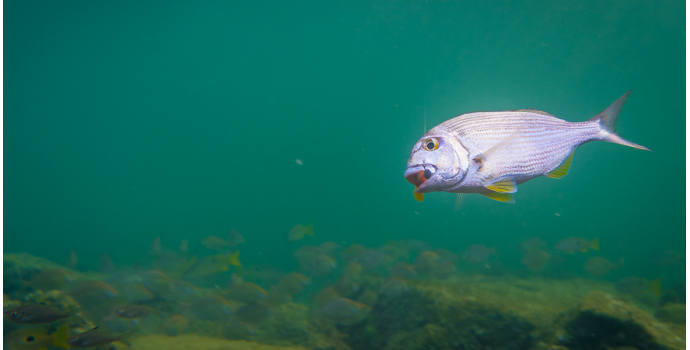

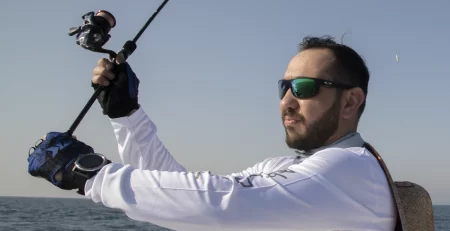
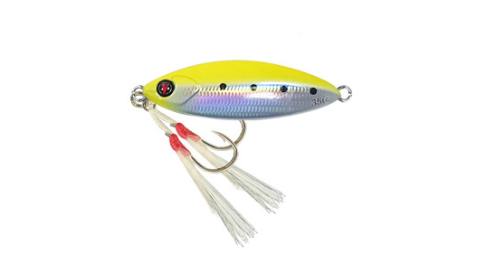
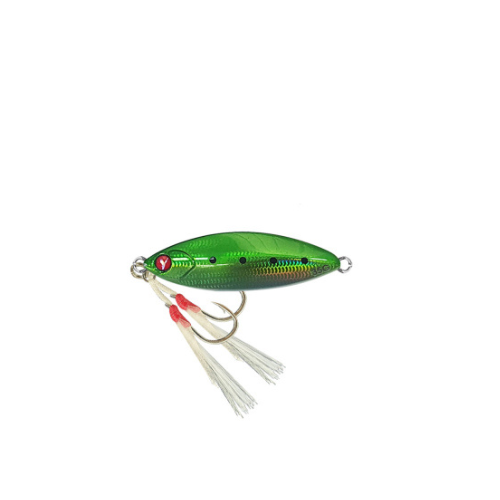
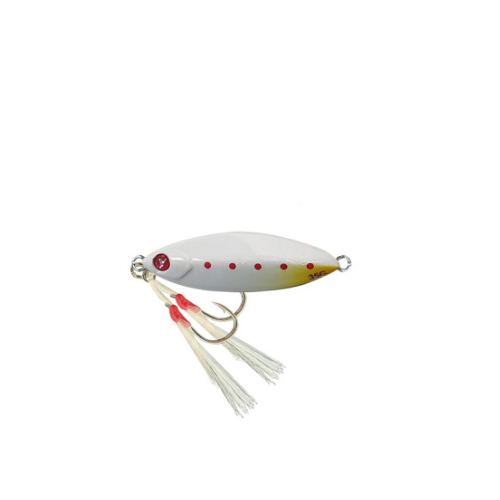
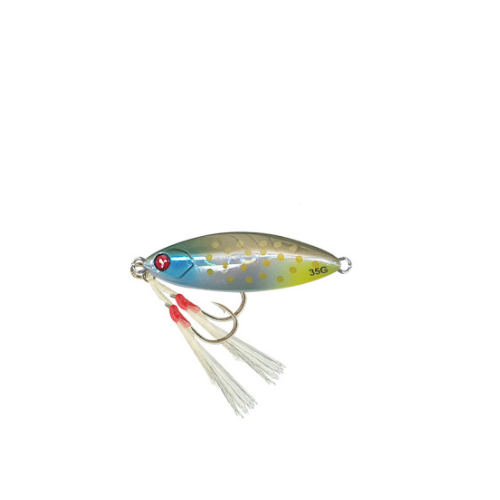
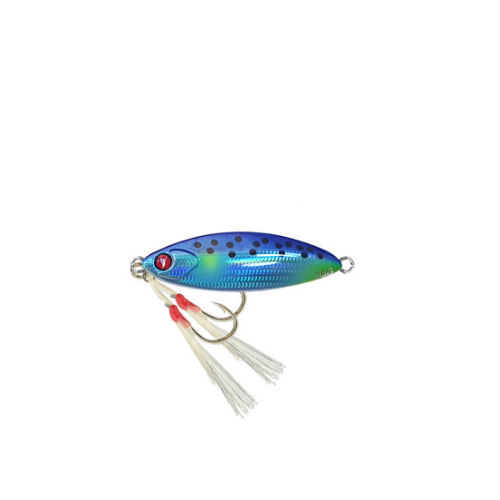
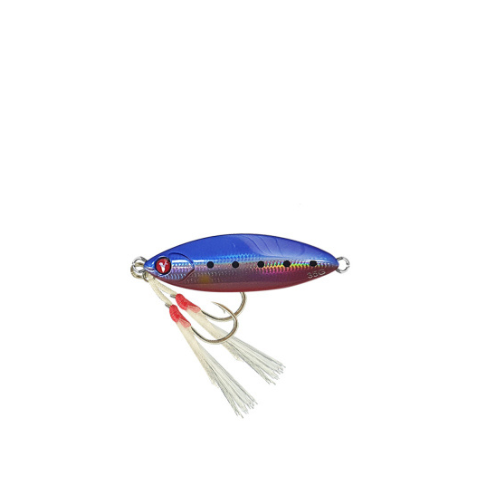
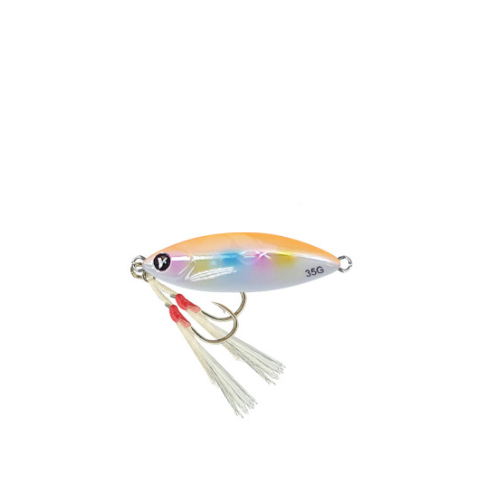
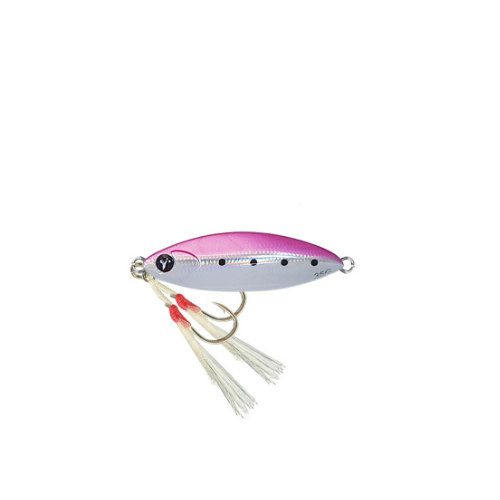
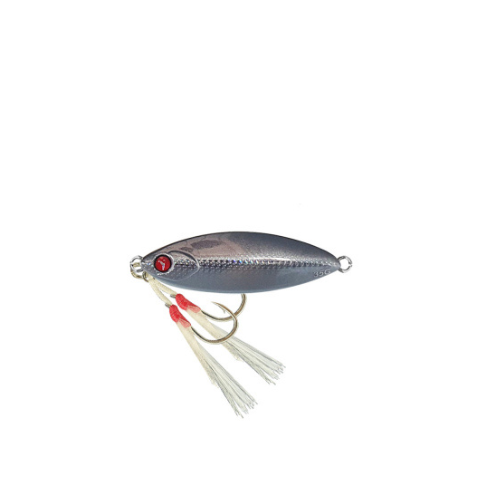
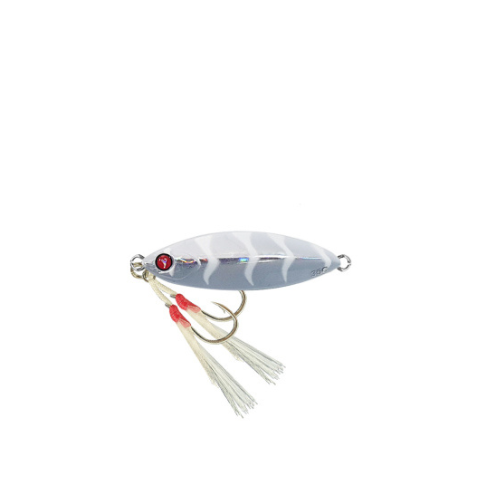
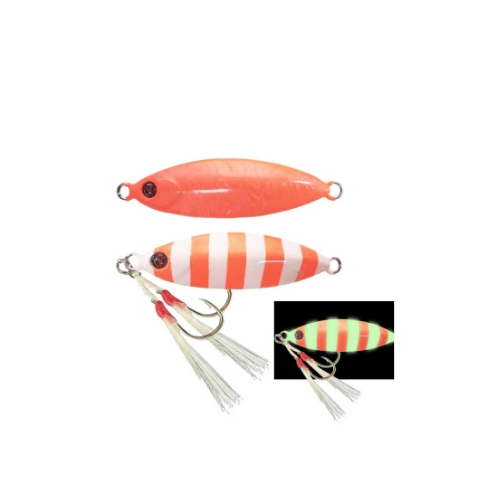
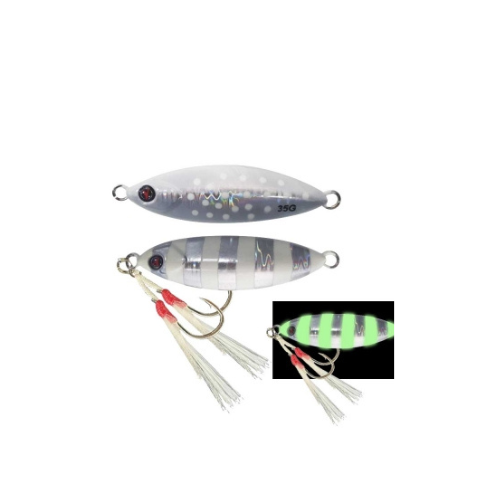
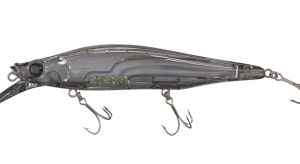
Leave a Reply